Oakland Veterinary Referral Services Blog
Have a Happy, Safe Holiday Season!
Oakland Veterinary Referral Service wishes you and your furry family a very happy, and above all safe, holiday season this year! 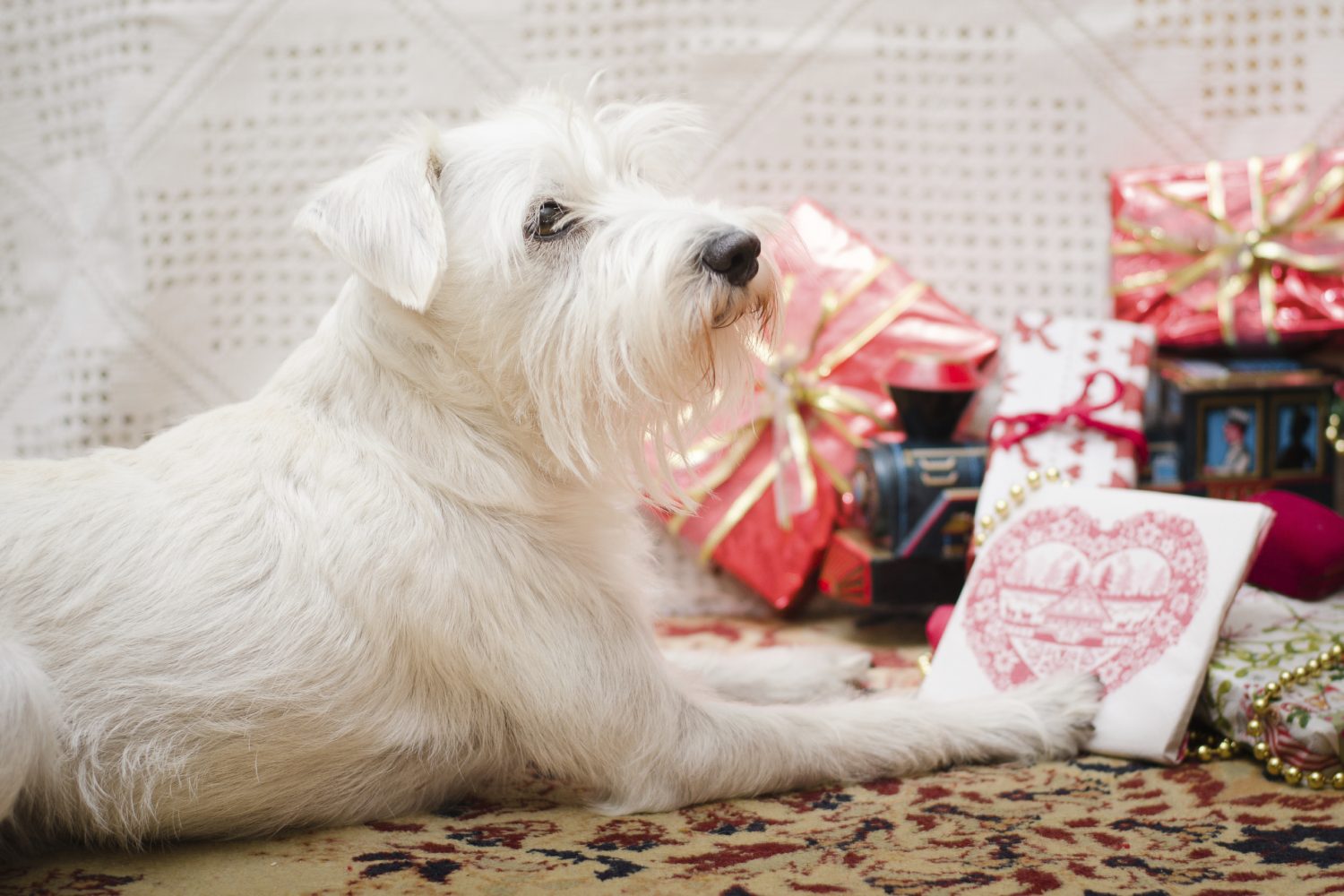 Don’t forget the following during your festivities this year:
Don’t forget the following during your festivities this year:
- Dangerous objects
Christmas trees, holiday decorations, and wrapped gifts can all be dangerous items that your pet is not used to having around. Keep decorations and candles out of the reach of playful paws and wagging tails. Decorative ribbons, string, and tinsel should also be kept away from pets. Electrical cords can pose a danger as pets may chew on them or become tangled in them. Before bringing any plants into your home, be sure to check the ASPCA’s list of toxic plants to avoid problems.
- Hazardous treats
Food and goodies of all kinds abound this time of year! Beware of treats containing chocolate, raisins, grapes, macadamia nuts, and the artificial sweetener xylitol. Table scraps, particularly those that are fatty or rich, can cause stomach upset ranging from mild vomiting or diarrhea to severe pancreatitis. Don’t forget about alcohol, either. That punch or eggnog might be irresistible to your pet, but can cause serious problems upon ingestion.
- Scary situations
Pets don’t always take to the holidays like humans do. A houseful of noisy strangers can be a disturbing event for shyer animals. Make sure that they have a quiet, safe place to “hide” away from the hub-bub. It is also a good idea to make sure that all pets are wearing identification and/or are micro-chipped with your current contact information in case they slip out the door with Uncle Bob.
Ceva – Future Leader Dog for the Blind!
What’s better than a snuggly, happy puppy? A snuggly, happy puppy with a job description that includes helping others! Oakland Veterinary Referral Service’s very own Dr. Theresa DePorter has had the honor to help train a puppy named Ceva to become a Leader Dog for the blind. Ceva earned her name from Ceva Animal Health, who has sponsored her care and training.
Dr. DePorter, along with an experienced Leader Dog trainer, took on the important task of
training Ceva to be the best guide dog possible. Tremendous dedication was required as Dr. DePorter spent the first year of Ceva’s life exposing her to all sorts of situations and locations similar to what she will face on duty. This has helped Ceva to build a foundation that will allow her to be comfortable and confident for her future owner. Because a guide dog is expected to keep her owner safe in any range of situations, Dr. DePorter took Ceva many places throughout her training including restaurants, veterinary conferences, and even New York City! This taught Ceva to be very good at ignoring distractions, even tasty ones!
In October, Ceva “graduated” to Leader Dog, where she will continue her training before being placed. This is the equivalent of her heading off to college! Dr. DePorter misses Ceva, but is very proud of her. We are all excited for Ceva to continue on to help someone in need. Feel free to follow Ceva along with us on her very own Facebook page! https://www.facebook.com/cevaleaderdog
And the Eyes Have It!
Our pet’s vision is very important to them. It is a large part of what allows them to chase a tennis ball or bird-watch out the living room window. 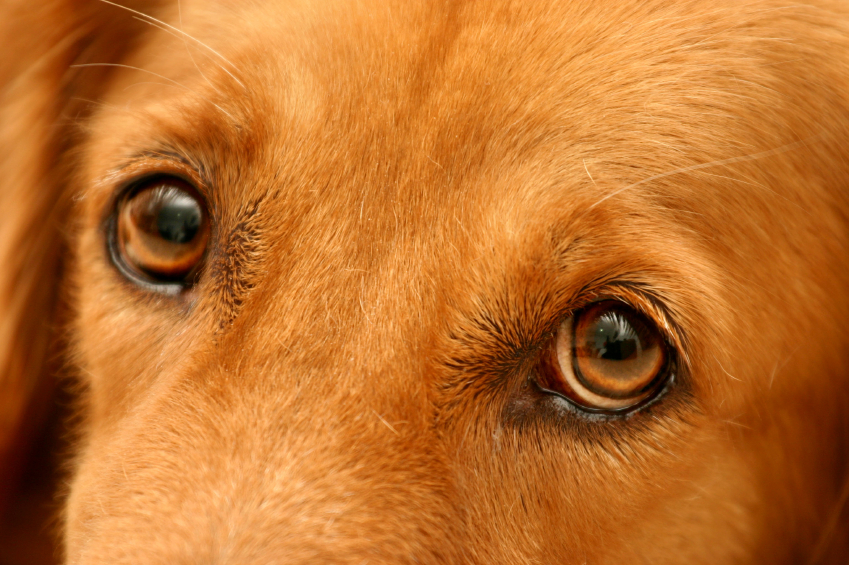 While many blind animals live happy lives, we certainly want to do everything in our power to keep our pets seeing well.
While many blind animals live happy lives, we certainly want to do everything in our power to keep our pets seeing well.
Eye problems can come on very quickly and cause serious, irreversible damage within a matter of hours. Many eye problems appear similarly in the early stages, making it difficult to know without an examination how pressing the problem is.
If you notice any of the following problems, be sure to notify your veterinarian right away. Waiting even a day or self-medicating can have serious consequences in certain situations.
- Squinting
- Pawing at or rubbing the eye
- Increased watery discharge
- Yellow or green discharge
- Uneven pupils or pupils that do not change with changes in lighting
- Change in the appearance of the eye’s surface (cornea)
- Redness around or in the eye
- Change in vision
No Bones About It This Holiday Season
Holidays and family gatherings tend to make you want to share the bounty with your pet but leftover turkey bones and other scrap bones can pose a risk for pets. 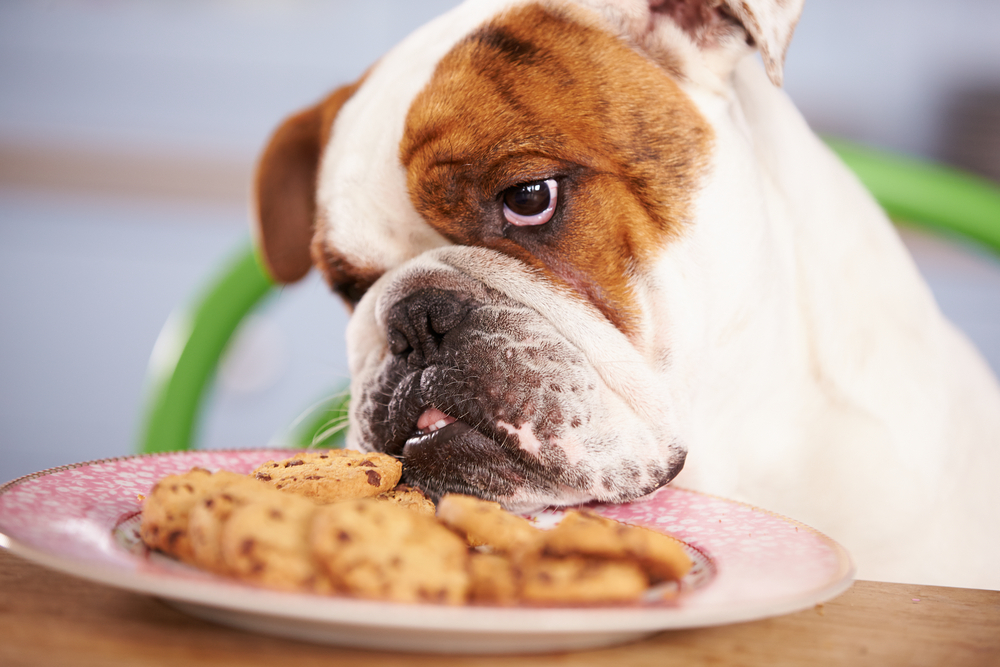 Here are a few reasons that may not be the best idea:
Here are a few reasons that may not be the best idea:
Physical injury
Sharp fragments can cause injury to the mouth and/or tongue that require a visit to the veterinarian. It is also not uncommon for pets to get a bone looped around the lower jaw, which is frightening and can require sedation to remove.
Broken teeth
Bones are hard! Broken teeth are a serious problem and can require expensive dental procedures to correct or remove.
Obstruction
There are oh-so-many places bones or bone fragments can become lodged on the way down including the esophagus, windpipe, stomach, or intestines. Even pieces of bone that are not stuck can lead to constipation due to their hard, sharp nature.
Perforation
Pieces of bone can perforate through the digestive tract, leading to leakage of the contents into the body cavities. This can lead to a serious condition called peritonitis. Peritonitis can lead to severe illness and even death.
Food poisoning
Dogs and cats are just as susceptible to threats like E.coli and Salmonella as people. Particularly if your pet helps itself to a treat out of the trash, these organisms can cause problems.
Be safe and happy
Before offering a bone to your pet this holiday season, think about the potential consequences. Also be sure to dispose of your table scraps in a manner not accessible to your animals. Enjoy a safe and Happy Thanksgiving!
Hairless Hearts
If you are a cat lover, chances are at some point you have admired the Sphynx cat. These bald, wrinkly kitties are full of personality and spunk!
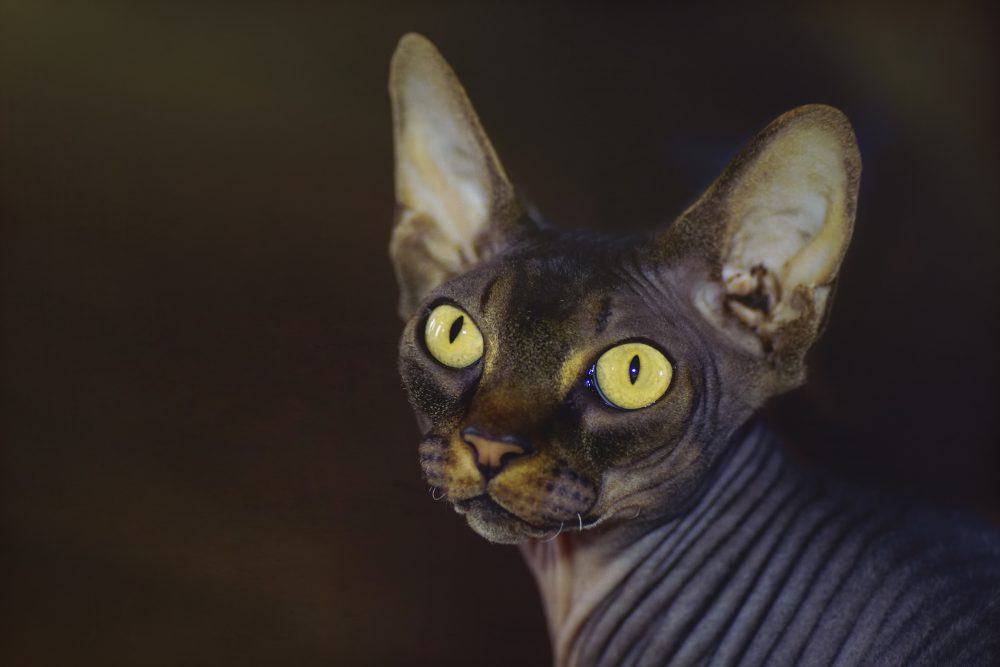 The breed is relatively new, having developed as the breed we know today starting in 1966. Hairless cats, however, have been around throughout history. Like all cats, the Sphynx can suffer from a devastating cardiac disease called hypertrophic cardiomyopathy (HCM). The breed, however, is over-represented in cats that are affected with about 15% of those tested being positive. Early detection of HCM is vital as often there are no obvious symptoms prior to death or devastating complications.
The breed is relatively new, having developed as the breed we know today starting in 1966. Hairless cats, however, have been around throughout history. Like all cats, the Sphynx can suffer from a devastating cardiac disease called hypertrophic cardiomyopathy (HCM). The breed, however, is over-represented in cats that are affected with about 15% of those tested being positive. Early detection of HCM is vital as often there are no obvious symptoms prior to death or devastating complications.
Our own Dr. Riepe has taken a personal interest in helping to decrease the effects of HCM on the Sphynx breed and the people that love them by becoming involved in Hairless Hearts. Hairless Hearts is an organization which coordinates with veterinary cardiologists to provide affordable early-detection screening for HCM as well as to provide support to HCM-affected Sphynx owners. Dr. Riepe became a recognized partner for the Pawpeds pedigree database a few years ago, which allows the OVRS cardiology department to work with these special cats and their breeders to lessen the impact of HCM. Oakland Veterinary Referral Service is thrilled to be able to play a part in this important initiative.
For more information about hypertrophic cardiomyopathy or the Sphynx breed, please visit www.hairlesshearts.org.
Anaplasmosis: The OTHER Tick Disease
Pretty much everybody has heard of Lyme disease and Rocky Mountain Spotted Fever. 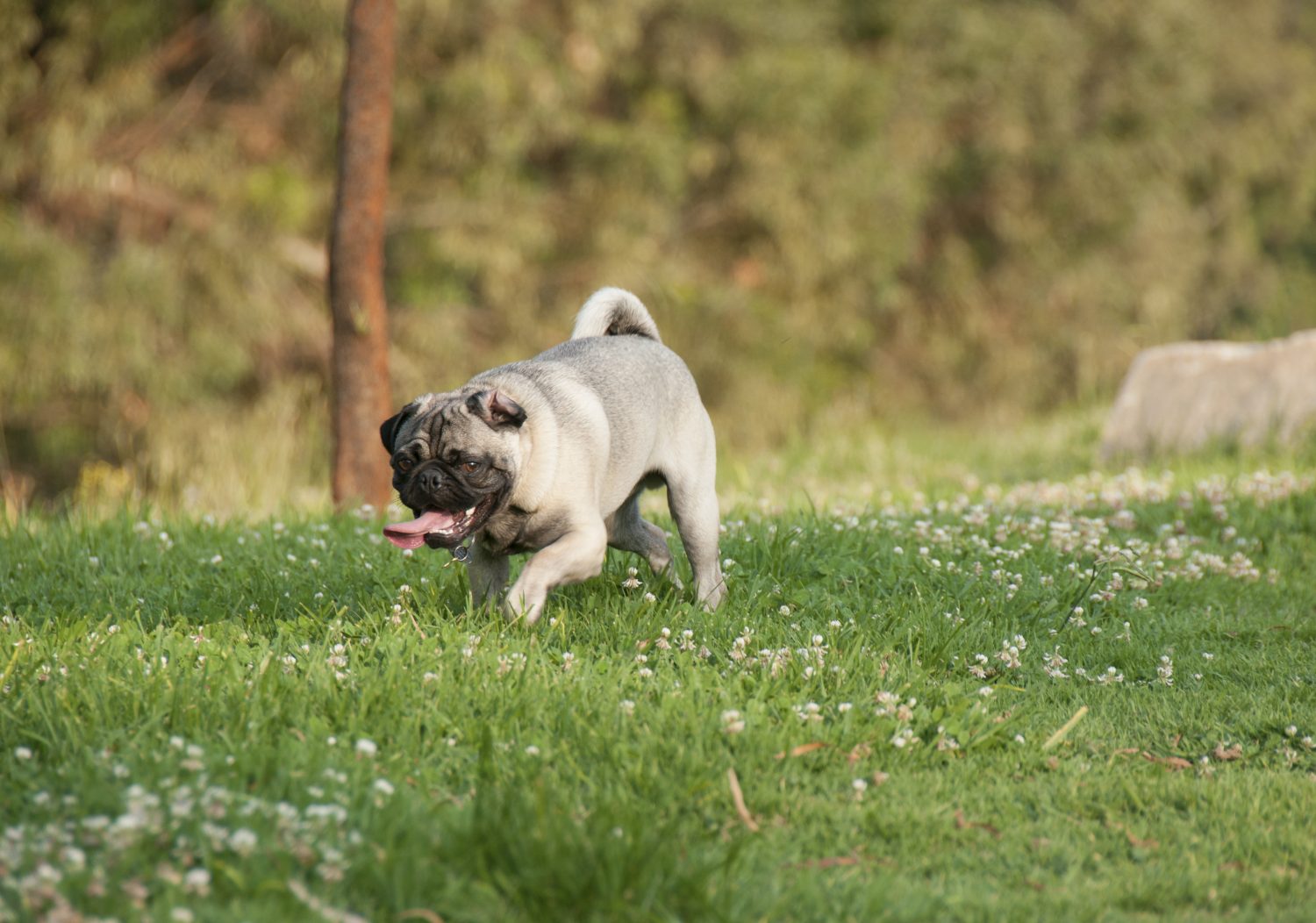 But did you know that there was another type of tick-borne disease that affects dogs called Anaplasmosis? Here is what you need to know:
But did you know that there was another type of tick-borne disease that affects dogs called Anaplasmosis? Here is what you need to know:
- Anaplasmosis is becoming increasingly more common.
- The disease is sometimes called Ehrlichiosis.
- The deer tick is responsible for most the Anaplasmosis in the northeast and upper Midwest, which the black-legged tick is the culprit in the western United States.
- The bacteria transmitted by the tick attacks the white blood cells and spreads throughout the body, often affecting platelets witch interferes with blood clotting.
- Symptoms of infection can include fever, lethargy, and painful, swollen joints. Other less consistent signs are swollen lymph nodes, eye problems, or bleeding.
- Blood testing can confirm the disease.
- Most dogs can be successfully treated with a specific antibiotic, although they can relapse or become re-infected.
As if you needed another reason to use tick prevention! Be sure to protect your dog from exposure to Anaplasmosis.
Have a Cat-Friendly Halloween
Remember that many holiday traditions and practices can be hazardous for 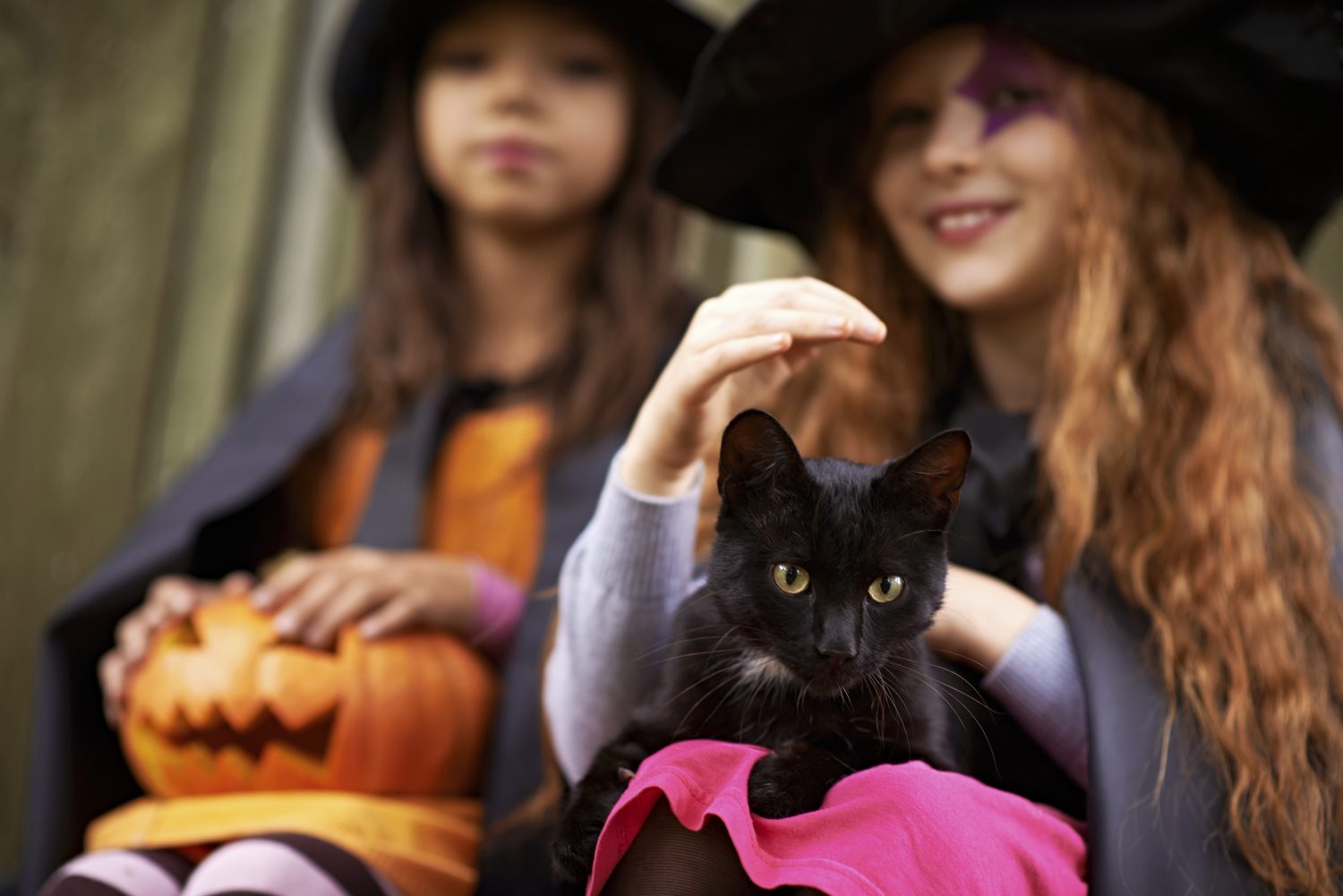 our furry friends. Beware of the following kitty dangers this Halloween:
our furry friends. Beware of the following kitty dangers this Halloween:
- Trick-or-treaters
Frequently opening doors can lead to an indoor cat getting outside fairly quickly. Try to ensure that your cat is in a secure location during trick-or-treating hours. It is also wise to make sure your pet is wearing identification and is micro-chipped.
- Holiday decorations
Cats are curious by nature, and unfamiliar objects such as candles, glow sticks, and fake spider webs can look like fun toys and tasty treats. Also, electrical cords from decorations can be tempting chew toys. Use caution when allowing your cat near such items.
- Costumes
If you choose to dress you cat for the occasion, make sure that the costume does not restrict movement or breathing and does not have any easily chewed-off parts. Never leave your cat unattended while dressed, either.
- Candy and treats
Don’t forget that many people goodies are no-no’s for our feline friends. Chocolate in all its forms (especially baking and dark chocolate) is a kitty danger. Also fun, crinkly candy wrappers can be tempting for curious cats and may lead to ingestion and digestive upset or blockage.
Make sure to pay attention to these tips to prevent your spooky day from being downright scary!
Trick-or-Treating Safety for Your Pet
Is your pet trick-or-treating this year? If Fido does come along, be sure that 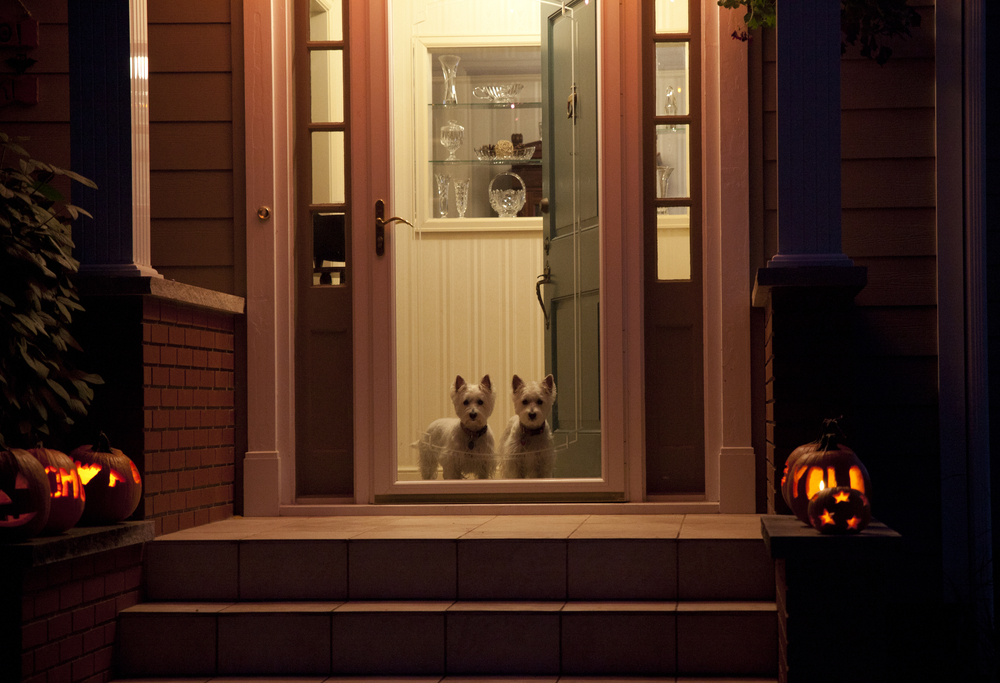 you are keeping him or her safe.
you are keeping him or her safe.
- Halloween can be a stressful! Crowds of excited children wearing unfamiliar clothing and masks can be downright terrifying for some pets. If your pet seems overwhelmed by the activity, it may be best to leave it at home.
- Pet costumes are cute, but they can add to the stress of the evening for some. If your pet tolerates wearing a costume, be sure that it fits comfortably and allows your pet to see and move freely. Pets wearing costumes should always be supervised.
- If you are trick-or-treating after dusk, be sure your pet is visible! You may want to incorporate lights or reflective tape into into any costume. Also be sure s/he is wearing identification should you become separated.
- Be careful when you share Halloween treats with your pet. Chocolate, raisins, and candies containing xylitol are all potentially toxic.
Hip, Hip, Hooray for Vet Techs!
Did you know that October 14-20th is National Veterinary Technician  Week? Take this opportunity to celebrate your pet’s technician! While your veterinarian is the one responsible for diagnosing, prognosing, prescribing medication, and performing surgeries, your pet’s veterinary technician is essentially your pet’s nurse. They have completed a two- or four-year degree involving specialized training and are certified and licensed by the state to be able to provide the best possible care for all pets. They are also required to complete continuing education so that they remain on the cutting-edge. Veterinary technicians are a valuable part of your pet’s healthcare team. Be sure to let them know how much they are appreciated!
Week? Take this opportunity to celebrate your pet’s technician! While your veterinarian is the one responsible for diagnosing, prognosing, prescribing medication, and performing surgeries, your pet’s veterinary technician is essentially your pet’s nurse. They have completed a two- or four-year degree involving specialized training and are certified and licensed by the state to be able to provide the best possible care for all pets. They are also required to complete continuing education so that they remain on the cutting-edge. Veterinary technicians are a valuable part of your pet’s healthcare team. Be sure to let them know how much they are appreciated!
A First Aid Kit for Your Pet
You have the basics for when you are sick or injured, but do you have the  supplies on hand that you might need to take care of your pet? Here are some of the items you should keep, just in case:
supplies on hand that you might need to take care of your pet? Here are some of the items you should keep, just in case:
- Information
Contact information for your veterinarian, an emergency after-hours clinic, and the Animal Poison Control Center should be readily available. Also consider purchasing a basic pet first-aid book
- Wound care supplies
Keep some latex gloves, antiseptic soap, gauze sponges, sterile saline, eye wash, and topical antibiotic ointment on hand.
- Basic bandage material
Gauze roll, elastic bandage material, adhesive tape, and scissors are often handy.
- “Boy scout” items
While not necessarily first-aid items, things like safety pins, a penlight or flashlight, and needle-nosed pliers are handy to have. Also consider some type of muzzle or restraint device to keep yourself safe. Many otherwise friendly pets can become aggressive when injured.
- Triage materials
A rectal thermometer, sterile lubricant, an emergency blanket, a cold pack, and material to construct a splint are also good items to have.
- Items approved by your veterinarian
Your vet can recommend a dosage of diphenhydramine (Benadryl) to have on hand for your pet in case of an allergic reaction as well as other items that might be specific to your needs.




